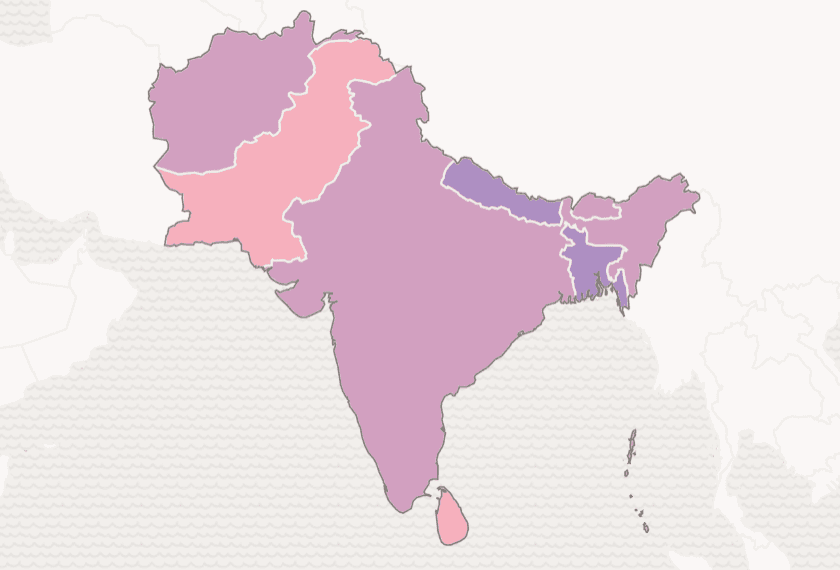
The Lottery of Birth: Global Differences in Child Survival
Survival is a fundamental human right for every child. The birth of a child brings immeasurable joy to their families. The joy quickly gave way to profound sorrow as the families of an astonishing 5 million children under the age of five worldwide mourned their loss in 2021.
The primary drivers of this tragic occurrence range from premature birth and birth complications like birth asphyxia and trauma, to communicable and infectious diseases like pneumonia, diarrhea, and malaria. About half of all under-five deaths arise from undernutrition in children. Undernutrition makes children more vulnerable by impairing their immunity, which in turn exacerbates the frequency and severity of contracting infectious diseases and increases the recovery period from it. It is truly heartbreaking that most of these lives are lost from preventable causes.
Children born in different parts of the world do not have equal opportunities of survival. This lottery of birth becomes evident when we look at the under-five mortality rate (measured as the probability of a child dying before they reach their fifth birthday, expressed per 1,000 live births) visualized in the Child Atlas. The countries with the top 10 rates of under-five mortality are disproportionately concentrated in eight countries from West and Central Africa—Niger, Nigeria, Chad, Sierra Leone, Central African Republic, Guinea, Mali, Benin, and in two countries from Eastern and Southern Africa— Somalia and South Sudan as depicted by the purple shades in the Atlas. Behind these numbers, families are forever changed.

Given the concentration of high-burden countries in the region, it is no surprise to find West and Central Africa as the region with the highest under-five mortality rate in the world with 91 deaths per 1000 live births. This is followed by neighboring Eastern and Southern Africa with 53 deaths per 1000 live births and South Asia with 37 deaths per 1000 live births. In comparison, under-five mortality rates in Western Europe are as low as 4 deaths per 1000 live births. These national averages also hide sometimes large inequalities within countries – for instance children from the poorest households are on average twice as likely to die before the fifth birthday than those in the richest households. In the country profiles, the Child Atlas shows disaggregated data of under-five mortality by sex and wealth quintile as calculated by the UN Inter-agency Group for Child Mortality Estimation. In addition, we directly use household surveys for many low and middle-income countries to show how under-five mortality varies between different subnational regions (and actually between different groups within those regions).
Under-five mortality is not only an important indicator for survival of children past their 5th birthday, but it also provides an overall insight into the health and well-being of the population, shedding a light on maternal and child health, healthcare access, the effectiveness of public health interventions, and socioeconomic development.
The world is wildly off track to meet the 17 Sustainable Development Goals (SDGs) by 2030 and current trends suggest that many countries will fail to meet the specific goal of reducing under-five mortality (to a maximum of 25 deaths per 1000 births). Our estimates suggest that of the 942 million babies born between now and the end of the decade, 31.6 million will not survive to celebrate their 5th birthday. This is a stark reminder of the need for world leaders to turn promises into action, work both for and with children, unlock the finance needed to deliver the SDGs and invest in services and systems that put the needs and rights of children first.
Related stories:
Related stories

How a Soap Opera Helped to Reduce Child Marriage
Child protection (CP)
Child protection (CP)
2025-12-09

Does Insurance Benefit Child Health? Lessons from 38 Countries
Health (HL)
2025-11-19